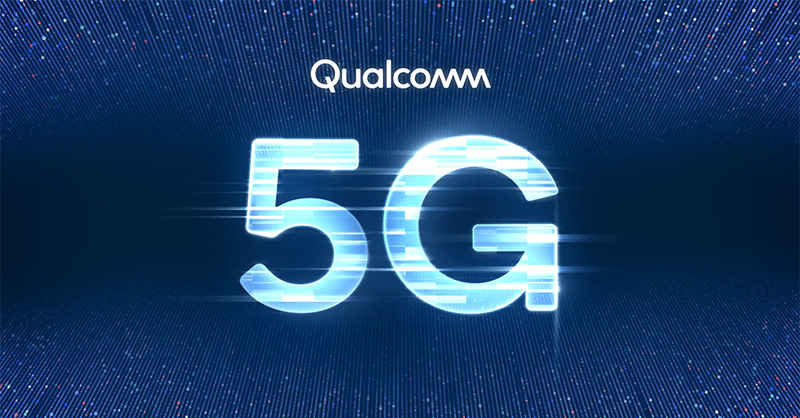OnePlus Nord CE 5G launched – List of specifications and features.
On 10th June 2021, OnePlus launched the new model in the Nord series, OnePlus Nord CE 5G. The company made the announcement through an online live stream and revealed the new features of this latest smartphone. The new OnePlus Nord smartphone varies from the original Nord model that was released last year on a few grounds. Both the outlook and the internal system have been significantly modified to make it look both sleek and for better performance. The slim appearance of the new Nord CE 5G makes it the slimmest OnePlus model after the OnePlus 6T which was released almost three years ago. This new OnePlus Nord model comes in three different colors and each one has options for a matte and glossy back finish.
Specifications of OnePlus Nord CE 5G
The new OnePlus Nord CE 5G is powered by Android 11 and OxygenOS 11 with dual-sim (Nano). OnePlus has chosen the octa-core Qualcomm Snapdragon 750G SoC for running the system of the new model and it also comes with Adreno 619 GPU and RAM of 6GB. The display of Nord CE 5G features a 6.43-inch full HD AMOLED display. The aspect ratio of the display is 20:9 with a refresh rate of 90Hz.

The OnePlus Nord CE 5G will be offering internal storage of 256GB with connectivity options including 5G, 4G LTE, Wi-Fi 802.11ac, Bluetooth v5.1, GPS/ A-GPS/ NaVIC, NFC, USB Type-C, and a 3.5mm headphone jack (Gadgets 360). The different types of sensors in the mobile include an ambient light sensor, proximity sensor, magnetometer, gyroscope, and accelerometer. Apart from these features, it has an in-display fingerprint sensor, speakers with noise cancellation support, 4500 mAh battery life. The battery has been improved as compared to the last Nord model by OnePlus.
Price and Availability
In India, the price of the new OnePlus Nord CE 5G starts from Rs. 22,999. This price is for the variant of 6GB+128GB. The price of the model for 8GB+128GB variants starts from Rs. 24, 999. One of the models of the new Nord CE 5G starts from Rs. 27,999 and is a showstopper with a 12GB+256GB storage variant. The three different colors available for all these models are Blue Void (matte), Charcoal Ink (Glossy), and Silver Ray. OnePlus Nord CE 5G will be made available from 16th June and you can also preorder from today itself. They will be available in the online stores of OnePlus and Amazon.
Camera System of Nord CE 5G
OnePlus has always been one of the top choices of users when it comes to camera quality. Be it for photography, video calling, or taking selfies, the photographs produced by a OnePlus are highly distinguishable. The new OnePlus Nord CE 5G comes with a triple rear camera system. The camera setup consists of a 64-megapixel primary sensor with a lens of aperture f/1.79. The primary sensor has electronic image stabilization (EIS) which helps greatly while shooting videos with users being in motion. The secondary camera has a sensor of 8 megapixels with an ultra-wide lens of f/2.25 and the third one is a 2-megapixel monochrome sensor with an f/2.4 lens.
OnePlus can easily substitute heavy gear for a photographer especially while hiking or traveling in busy areas. The images and the videos are of very high quality and quench the need for a good camera. With the pandemic shifting of our work culture to a remote version, users can easily attend video calls with the front camera of Nord CE 5G which features a 16 megapixel Sony IMX471 sensor that also has EIS.
Seems like the rear camera system of the OnePlus Nord CE 5G is the center of attraction as it has multi autofocus options (PDAF+CAF). The shooting options available in the phone for the rear camera are Nightscape, Ultrashort HDR, Panorama, Pro Mode, Portrait, and Smart Scene Recognition. Videos can be recorded in 4K resolution with 30fps. Time-lapse can also be made while doing videography.

Annasha Dey is an NIT student, who apart from studying engineering is also a content writer. She has a great interest in photography, writing, reading novels, and travelling as well. She is a foodie who loves socializing and hanging out with her friends. She is also a trained Kathak dancer and a big fashion enthusiast. Dey also loves watching TV series, which includes F.R.I.E.N.D.S. and Big Bang Theory. To be a better writer she prefers to read more






